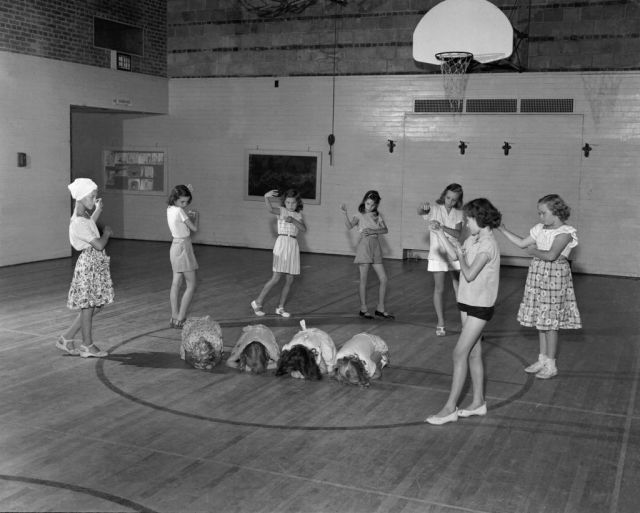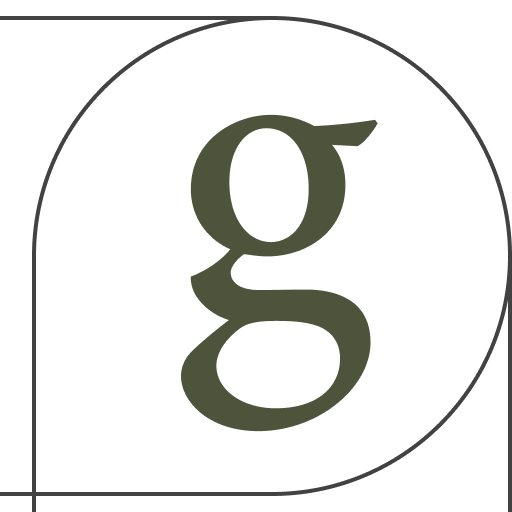The Gym No. 2: On the Record
Hi there,
First, thanks to everyone who said “cool” and told me NOT to unsubscribe them and sent me their thoughtful responses to The Gym No. 1—responses that had me Googling and sighing with recognition and rethinking and expanding. All of you who received that initial missive are writers and/or artists and therefore thinkers whose work I admire and respect and whose practices I’m interested in, so I received these responses with glee and gratitude, and I felt like I was in the right place.

The newsletter format, which has been noted as experiencing a resurgence, appeals to me because it’s both intimate and finite. I’m happy to leave letters loosely constructed, with ideas that just barely hang together. Each letter is also finished, if not complete, at the moment I hit send. No takebacks, edits, or clarifications. I hope my letters are akin more to the zines of the 1990s than to the early weblogs of the 2000s, to both of which the modern newsletter has been compared.
Assuming that I continue writing them, at some point I’ll have a collection of letters in my archive on TinyLetter, which is the only part of this that now worries me. Archives of such personal writing, if I ever practice it at all, are not something I tend to keep.
I’m a huge fan of the public archive, though. One reason I still proudly file my occasional 500 (OK, 650—thanks, RF) words at the Chronicle is that the paper makes its archive, going back to the mid-nineties, available online for free. (Heads up to archivists and library folks: The paper issues of the eighties and early nineties are practically sitting on the curb of the I-35 access road, waiting to be digitized.) My editor at the paper takes his role of curating and creating what will likely be the most continuous and open record of late twentieth- and early twenty-first-century arts culture in Austin very seriously.
My contributions to the public archive are part journalism and part ventriloquism (to borrow an apt usage that Zadie Smith tosses back at her critics in Feel Free). My husband, when he worked with adults with autism, met a man who could not do the first person. “Radford, does your knee hurt?” this man asked, from the backseat of the car, when his own knee was wedged. I’ve come to agree with Oscar Wilde that criticism is “a record of one’s own soul”; my efforts to see and explain the parts and wholes of a work expose my frustrations, joys, explorations, and confusions—or the latter are spoken through the former. All of this, tethered by my own subjective filtering of current events, what I’ve been reading/listening to/watching/doing, and even my children, are present in my contributions to the journalistic record. But at the end of the day, it is also true that the writing is about the work.
Not so here. Writing on writing, or writing in order to write, is as self-referential as you can get. In class, a dancer is dancing in order to dance; at the gym, a person is moving the body in order to retain or increase the ability to move the body. The means is the end as much as the end is the end. If you miss two days of class, the saying goes, you notice; if you miss three days, everybody notices. I’ve missed few lately. Time to send.
—Jonelle
Photo via http://knoxblogs.com/atomiccity/2016/04/29/38313/
